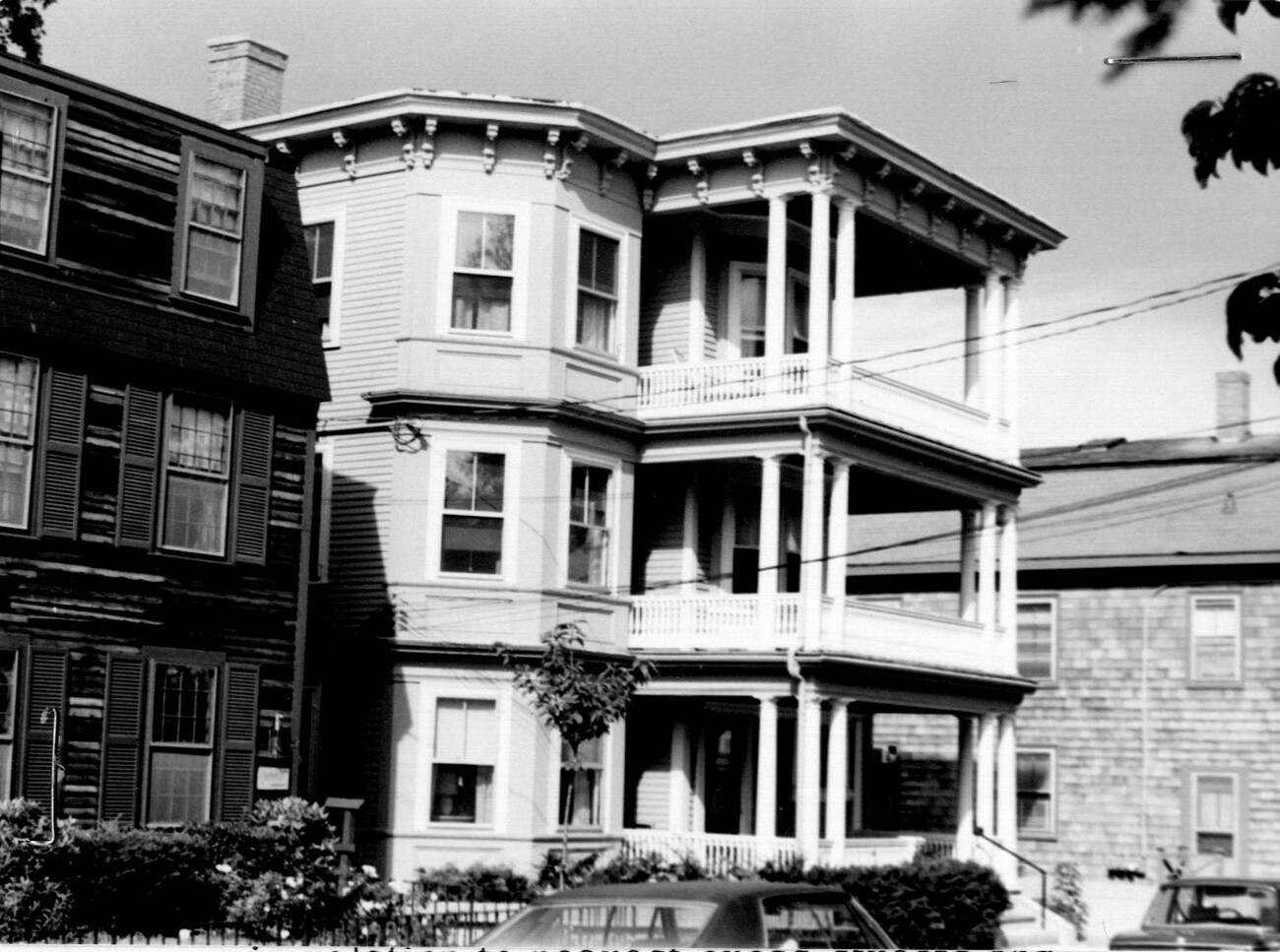A few weeks ago, I received an email from a reader named Ron. In his kind email, he suggested I look into the building at 29 Pleasant St. So, Ron, here we go.
29 Pleasant St. is a unique historic building not because some really famous person lived there or something extravagant happened there. Rather, 29 Pleasant St. is unique because it is one of very few – if not the only – triple-decker (also known as three-family) residences in town.
As Ron mentioned in his email, “You may find many in Lynn but not quite the architecture of this one.”
The Massachusetts Cultural Resource Information System (MACRIS) documents for 29 Pleasant St. support the rarity of triple-deckers in Marblehead. As of Nov. 28, 1978, when the document was written, “this ‘tenement’ house is Marblehead’s only triple decker.”
Despite the common association with run-down conditions and overcrowding, a tenement house was originally just another term for a low-rise multi-family residence. The emergence of this style of housing is, in its own right, an interesting story.
In Thomas C. Hubka and Judith T. Kenny’s journal article, “Examining the American Dream: Housing Standards and the Emergence of a National Housing Culture, 1900-1930,” they describe the rise (literally) of multi-family dwellings.
They write that while the outward appearance of the early 20th century’s most popular house, the bungalow, and multi-families looked different, they were united by a common floor plan: a “five-to-six-room-with-bath configuration.” Hubka and Kenny call this the Progressive Era Plan, as it gained popularity between 1900 and 1940.
While other cities embraced duplexes and “telescope” styles for their multi-families, New England took hold of the triple-decker. The common layout of the three-family, as provided by Hubka and Kenny, is “three identical units stacked in a single structure with most of the units following the basic room organization of the Progressive Era Plan.”
While earlier residential styles, particularly those in New England, catered to the individual needs of residents (i.e. hall and parlor colonial styles made heating with a central chimney easier), three-deckers like 29 Pleasant St. catered to something closer to a social need.
Multi-family buildings allowed the steadily growing middle-class to live in dignified housing with better conditions. Their modesty gave working-class Americans the opportunity to own a home rather than rent. Though it would not be until after World War II that American homeownership rates boomed (post-war ranches and suburban development), these earlier trends contributed significantly to the improvement of working-class living conditions and national housing trends en masse.
What draws me to this building is how it shows us that working-class, multi-family, modest housing can be more than just utilitarian. 29 Pleasant St, which was built around 1890, is an Italianate revival style, as indicated by the brackets under the eaves and the flat roof.
To make a long story short, 29 Pleasant St. is the pinnacle of both fashion and function.

